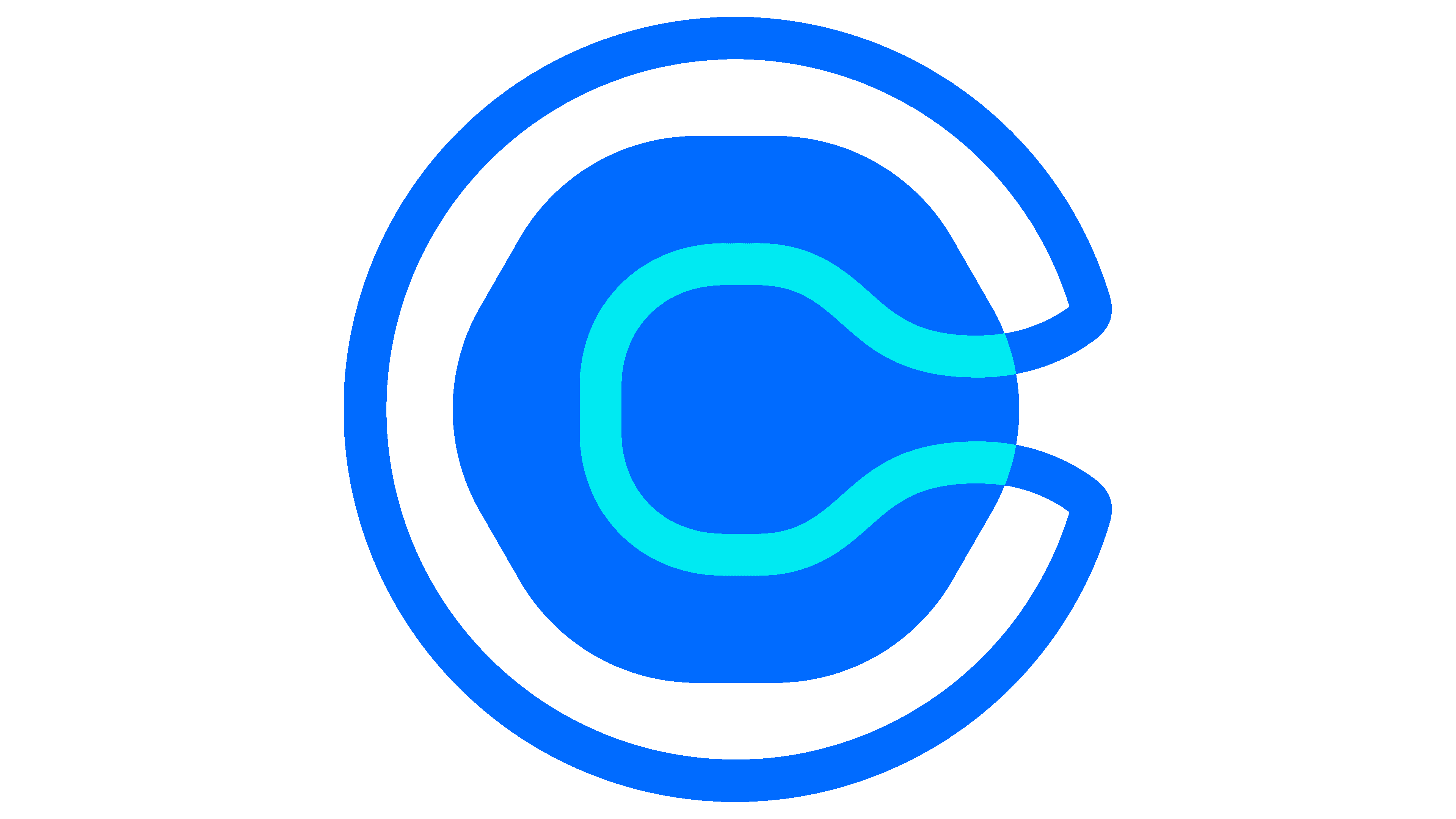We’ve used Calendly for years at GreenMellen to help schedule appointments with clients and leads and partners and anyone that we need to meet with. It’s an easy way to share your availability without having to do the back-and-forth dance of figuring out when both parties are available.
Last summer, Google added the ability to schedule appointments directly inside of Google Calendar. The feature was a bit lacking at first, but has improved a bit over time. I thought it was likely good enough for us to use instead of Calendly, but after some testing we’ve decided to stick with Calendly for now.
The tools are quite similar at a high level, and Google would have saved us some money (it’s included as part of our Google Workspace plan), but it had one big missing feature — buffers.
Buffers
My calendar stays rather full, so I love the ability to set a “buffer” between events when scheduling. I typically set a 15-minute buffer in Calendly, so if I have a scheduled meeting that ends at 10am, the first available slot will be at 10:15. It’s great!
Google Calendar has a similar feature, but it only looks at events scheduled through their tool when applying the buffer, which is super weird and not especially helpful. I noticed this when someone scheduled a meeting recently from 9:00 – 9:30, but I already had a meeting that started at 9:30. Why didn’t the buffer work? Some digging showed that Google doesn’t look at your existing appointments to buffer around, and that’s problematic for me.
Other than that, Google’s system is pretty solid. If you don’t have a tool like this and you’re already a Google Workspace user, it might be worth giving it a shot. However, if you’re looking to move from a system like Calendly, beware of this hidden gremlin that might show up at the wrong time.




